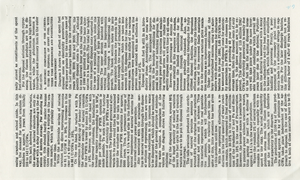Search the Special Collections and Archives Portal
Search Results
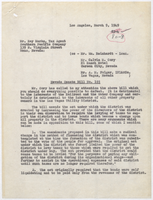
Letter from E. E. Bennett (Los Angeles) to Ray Marks (Reno) regarding Nevada Senate Bill 155, March 9, 1949
Date
Archival Collection
Description
Letter from Bennett calling attention to Nevada Senate Bill No. 155. Senate Bill 155 gives the Las Vegas Valley Water District power in levying taxes and issuing bonds in ways contrary to its original act. According to Bennett, it would create an unfair tax burden on the Los Angeles & Salt Lake Railroad Company and should be defeated. Senate Bill 155 is referenced below.
Text
Audio clip from interview with Lovee duBoef Arum by Barbara Tabach, November 1, 2016
Date
Archival Collection
Description
Part of an interview with Lovee duBoef Arum on November 1, 2016. In this clip, Arum discusses her childhood, family life, and what brought her to Las Vegas.
Sound

Gabriel Garcia oral history interview: transcript
Date
Archival Collection
Description
Oral history interview with Gabriel Garcia conducted by Monserrath Hernandez and Barbara Tabach on November 13, 2019 for the Latinx Voices of Southern Nevada Oral History Project. In this interview, Garcia discusses his early life in Arizona and moving to Las Vegas, Nevada in 1984. He remembers attending a sixth grade center, the Pacific Engineering and Production Company of Nevada (PEPCON) explosion, and attending Las Vegas High School. Garcia talks about Mexican culture in Las Vegas, car clubs, and becoming a graphic designer. Lastly, Garcia discusses his involvement with the Association of Latino Professionals for America, and the idea of diversifying the professional workplace.
Text
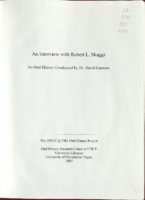
Transcript of interview with Robert L. Skaggs by Dr. David Emerson, May 06, 2006
Date
Archival Collection
Description
Text
Sperling Kronberg Mack Holocaust Resource Center Records
Identifier
Abstract
The Sperling Kronberg Mack Holocaust Resource Center Records (1971-2018) mainly consists of correspondence, event planning documents, financial records, subject files, and newspaper clippings created by or related to the Sperling Kronberg Mack Holocaust Resource Center and the Nevada Governor’s Advisory Council on Education Relating to the Holocaust. Materials document educational conferences, remembrance events, and student field trips; curriculum planning, involvement with the Clark County School District, and educational materials about the Holocaust and other related historical events; and grant and fundraising activities. The collection also includes photographs and proclamations.
Archival Collection
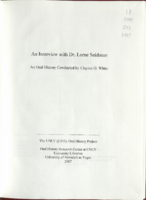
Transcript of interview with Dr. Lorne Seidman by Claytee D. White, November 14, 2006
Date
Archival Collection
Description
Text
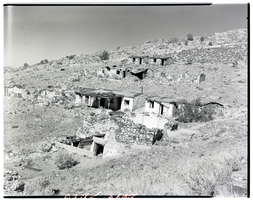
Film transparency of a ghost town, Delamar, Nevada, 1956
Date
Archival Collection
Description
Image



